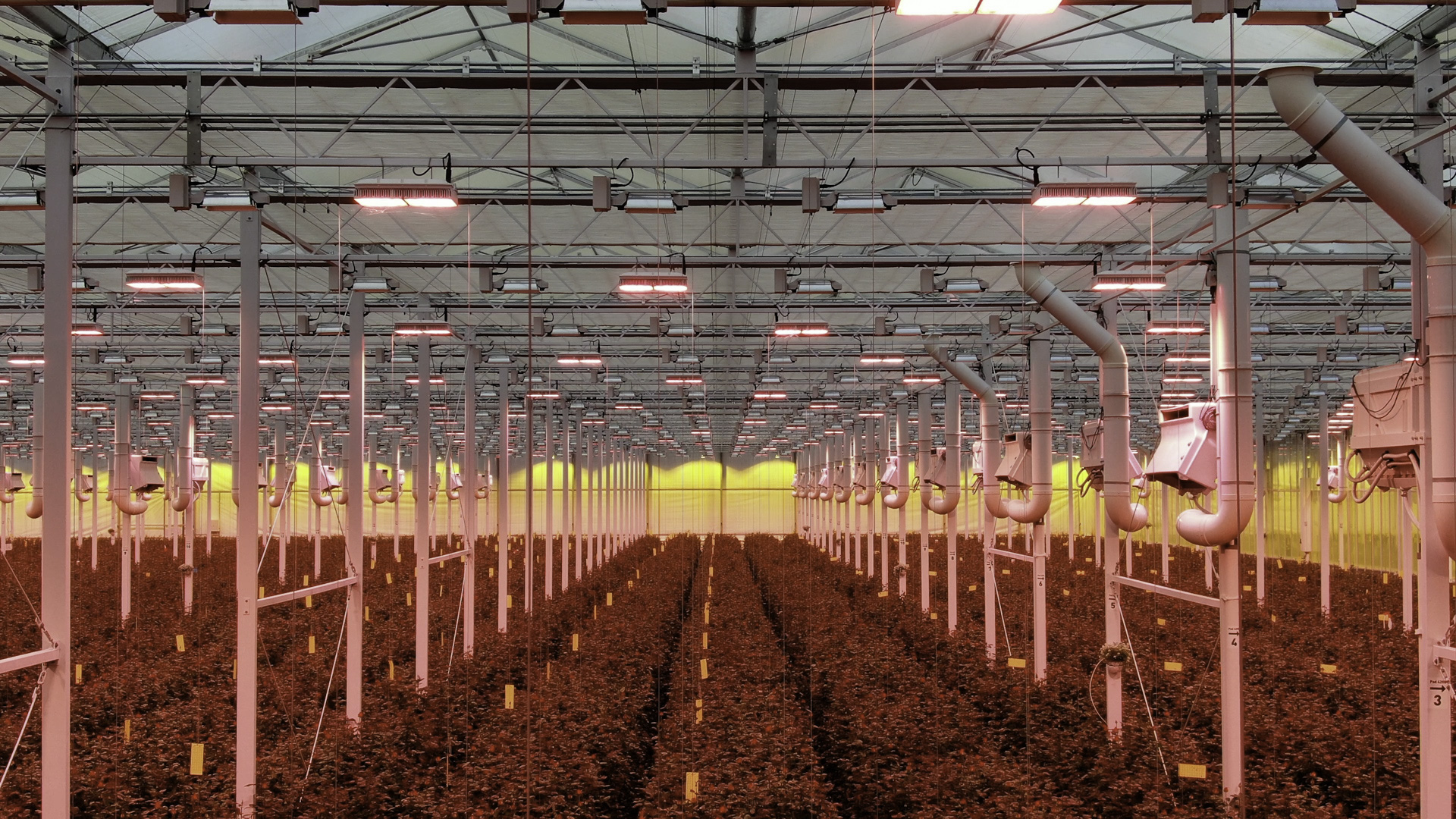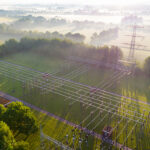
Rose grower Porta Nova helping to keep power grid in balance
Porta Nova specializes in growing Red Naomi roses. This company from Waddinxveen strives to keep the ecological footprint of each of its roses to a minimum. In addition, as an energy-intensive company, Porta Nova also contributes to keeping the power grid in balance. Technolution Spark has developed an innovative energy management system to monitor and control the complex energy economy in Porta Nova’s four greenhouses.
This energy management system aggregates data from distributed electricity meters and sends command prompts to request more or less power. The system can also give other bulk consumers with complex energy supply systems the possibility to contribute to keeping the power grid in balance. This is a financially interesting step that makes an active contribution to the energy transition.
Keeping mains frequency in equilibrium
The power grids in the Netherlands have an alternating current frequency of 50 Hertz. Small deviations in this frequency are an indication that supply and demand are out of step. Imbalance causes malfunctioning, because buffering of electricity is currently almost impossible. Even a deviation as small as 0.2 Hertz can cause the network to fail.
Companies such as Porta Nova—which made the choice to go all-electric when realizing its most recent location—contribute to keeping the grids in balance. They are connected to a Balance-Responsible Party that helps to keep the network in equilibrium. If there is a risk that the mains frequency is going out of balance, the BRP will intervene to ensure that connected companies use more or less electricity; these companies are remunerated for this. They do have to be able to prove that more or less power was actually consumed. The measurement data of electricity consumption must therefore be reliable; this is checked by an independent party that takes the measurements. In the case of Porta Nova, Flexcity is the BRP and Fudura is the measurement company.
Four greenhouses, eight hundred electricity meters, four edge devices
Porta Nova has an extensive lighting system for its rose greenhouses. Every greenhouse is equipped with many strings of LED lamps. The energy consumption can only be measured per string. It is crucial for the BRP that Porta Nova supplies univocal energy measurement data. To do this, the measurement data derived from the 800 distributed electricity meters has to be read and collated every four seconds. The intensity of the LED lighting is adjusted on the basis of command prompts issued by the BRP. Technolution Spark has developed the energy management system that facilitates this.
We developed and realized the software and configured the required system interfaces for Porta Nova. There is an edge device per greenhouse that reads and combines the data from the electricity meters every four seconds. This gives a meter reading for each greenhouse. We then combine the meter readings for the four greenhouses into one single reading for Porta Nova’s entire LED system. The system controls the intensity of the LED lighting per greenhouse on the basis of command prompts issued by Flexcity. In this way, Porta Nova is able to realize the aFRR system (using more/less energy by changing the intensity of LED lighting) and contribute to keeping the network in balance. This control loop of four seconds is combined with a validation of the meter reading by sending a signal to the measurement company Fudura every five minutes.
Dick de Gelder, Team Leader at Porta Nova’s Technical Service, worked with Technolution Spark to develop the edge devices. He says, ‘We had all the assets we needed in our company not just to participate in the balancing products that we already use, but to take part also in aFRR control capacity by using our gradually dimmable LED lighting. This means we use more or less electricity as Tennet determines. We were able to realize this together with Technolution Spark. They are very good at combining our wishes as a client with market requirements (of the measurement company and the BRP) and thus to deliver a system that benefits all parties. All of this to ensure the reliability of the power grid!’
Obstacle to distributed e-metering removed
Technolution Spark’s system can also be used by other companies that have distributed e-metering. It simplifies participation in BRPs and smoothens communication with measurement companies. This means more energy-intensive enterprises now have the chance to contribute to keeping the Dutch power grid in balance. This is not only good news for the quality of the network, but it also pays financial dividends to the companies involved.



